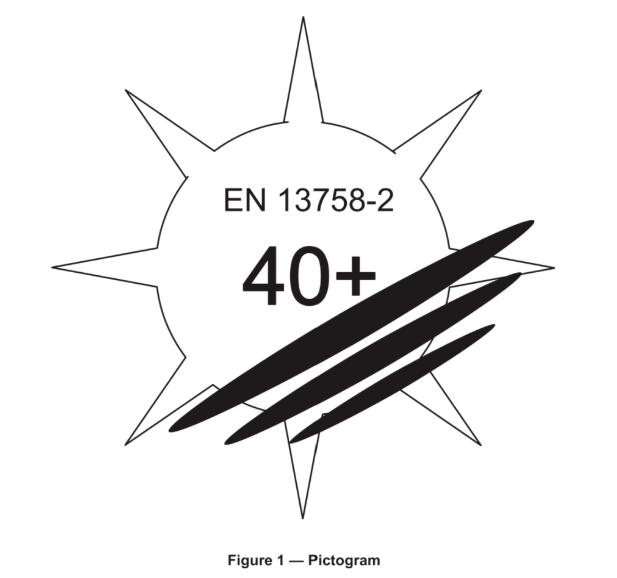 +86 152 6060 5085
+86 152 6060 5085
 +86 152 6060 5085
+86 152 6060 5085
Blog
Catalog
Latest Blog
The hot summer has come, and many people who love beauty have begun to buy a variety of sunscreen products. For those who love beauty, a light and sun protection gauze is essential in summer.
NO.1 UV
In physics, light with a wavelength of 180-400nm is called ultraviolet light, and ultraviolet light with a wavelength below 290nm is called short-wave ultraviolet light, namely UVC; ultraviolet light with a wavelength of 290-320nm is called medium-wave ultraviolet (UVB); wavelength 320-400nm is called For long-wave ultraviolet (UVA).
NO.2 UV damage to human body
three different wavelengths of ultraviolet
1. Short-wave ultraviolet rays are the most harmful to living organisms, and it will cut off the DNA structure inside the living organism. The common ultraviolet germicidal lamp uses this function of short-wave ultraviolet light to achieve the function of sterilization and bacteriostasis. However, short-wave ultraviolet rays can be absorbed by the ozone layer, and short-wave ultraviolet rays are not usually encountered in daily life.
2. Medium-wave ultraviolet (UVB) rays can reach the epidermis of the skin, causing skin tanning, and in severe cases, sunburn and erythema. Most UVB can be absorbed by the ozone layer, and can also be blocked by glass, sun umbrellas and other items.
3. Long-wave ultraviolet (UVA) can reach the dermis layer of the skin and cause skin aging. It is the longest wavelength of ultraviolet rays. It is not absorbed by the ozone layer at the top of the atmosphere. It can penetrate the epidermis and penetrate deep into the skin, causing skin photoaging. even cancerous.
NO.3 UV protection mechanism
There are two types of UV protection.
The first is absorption, that is, applying a thin coating on the surface of the object, which contains substances that can absorb ultraviolet rays. When ultraviolet rays are irradiated on it, a chemical reaction can occur, producing objects such as harmless water. Usually, the UV protection effect of sunscreen is based on this mechanism.
The second is reflection, refraction and diffraction. The daily common sun umbrella uses the form of reflection to achieve the purpose of anti-ultraviolet. In addition, nano-titanium dioxide coating is also a widely used anti-UV solution.
NO.4 UV detection methods and standards
There are two domestic standards for textile inspection, namely GB/T 17032-1997 and GB/T 18830-2009. Among them, the GBT 17032-1997 standard was proposed by the China National Textile and Apparel Council in 1997 and compiled by the Northwest Institute of Textile Technology (now Xi'an Engineering University). The main measurement wavelength is between 290nm-320nm. It can be used to test various fabrics, and there is no requirement for the test environment (except for the arbitration experiment).
GBT 18830-2009 is currently the most conventional test for UV resistance of textiles in China. The tested UV wavelength is between 290-400nm. This standard tests and evaluates the sun and UV protection of textiles under specified conditions. In this standard, when the UPF value (ultraviolet protection factor) of the textile is greater than 40, a fabric can be called a UV-resistant fabric.
Foreign test standards for UV resistance of textiles generally include AS/NZS 4399:1996, AATCC 183, and BS En 13758.1.
Among them, the test objects of the BS En 13758.1 standard and the AS/NZS 4399:1996 standard are textiles that are close to the skin surface, such as hats, gauze, etc., which are not suitable for long-distance protective fabrics, such as umbrellas, sun umbrellas, etc. In addition, the BS En 13758.1 standard requires a clear sign to be posted on the surface of the UV-resistant fabric.

Email: hello@utstesters.com
Direct: + 86 152 6060 5085
Tel: +86-596-7686689
Web: www.utstesters.com